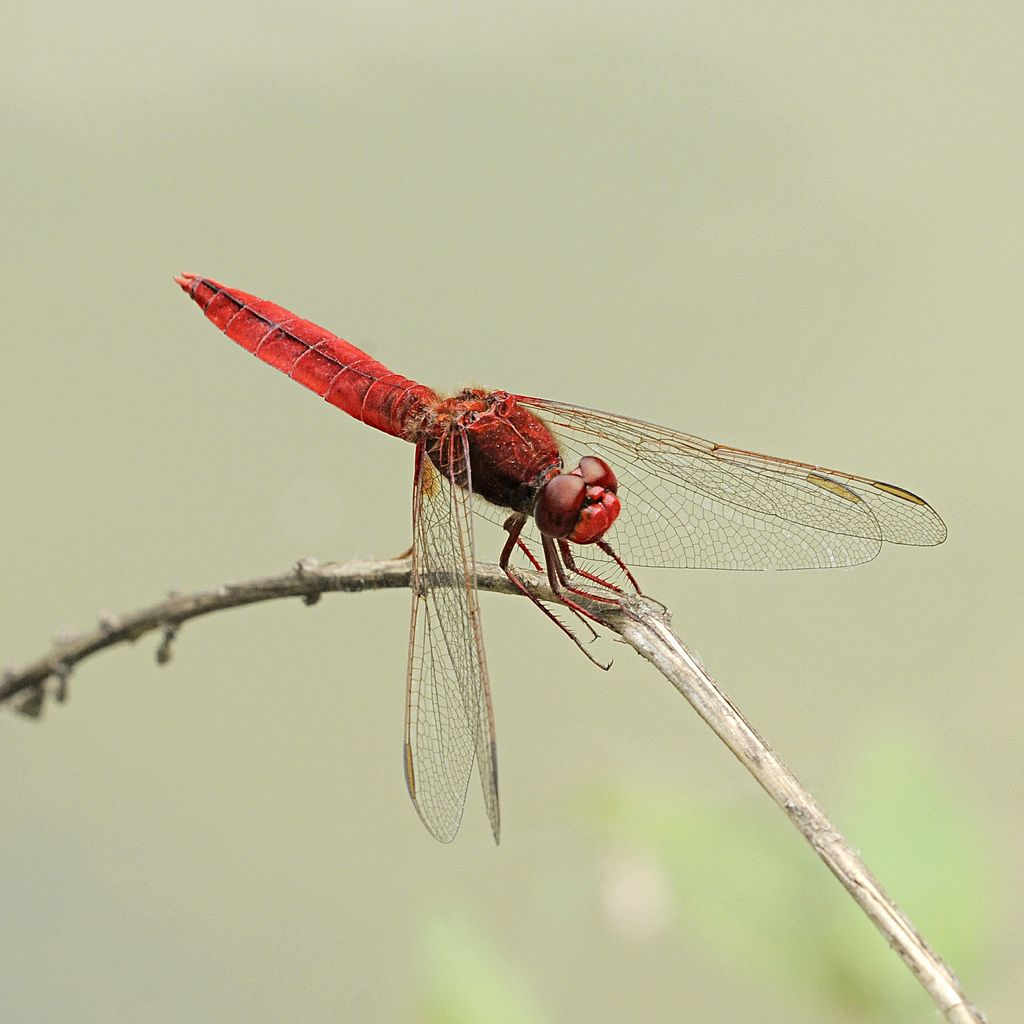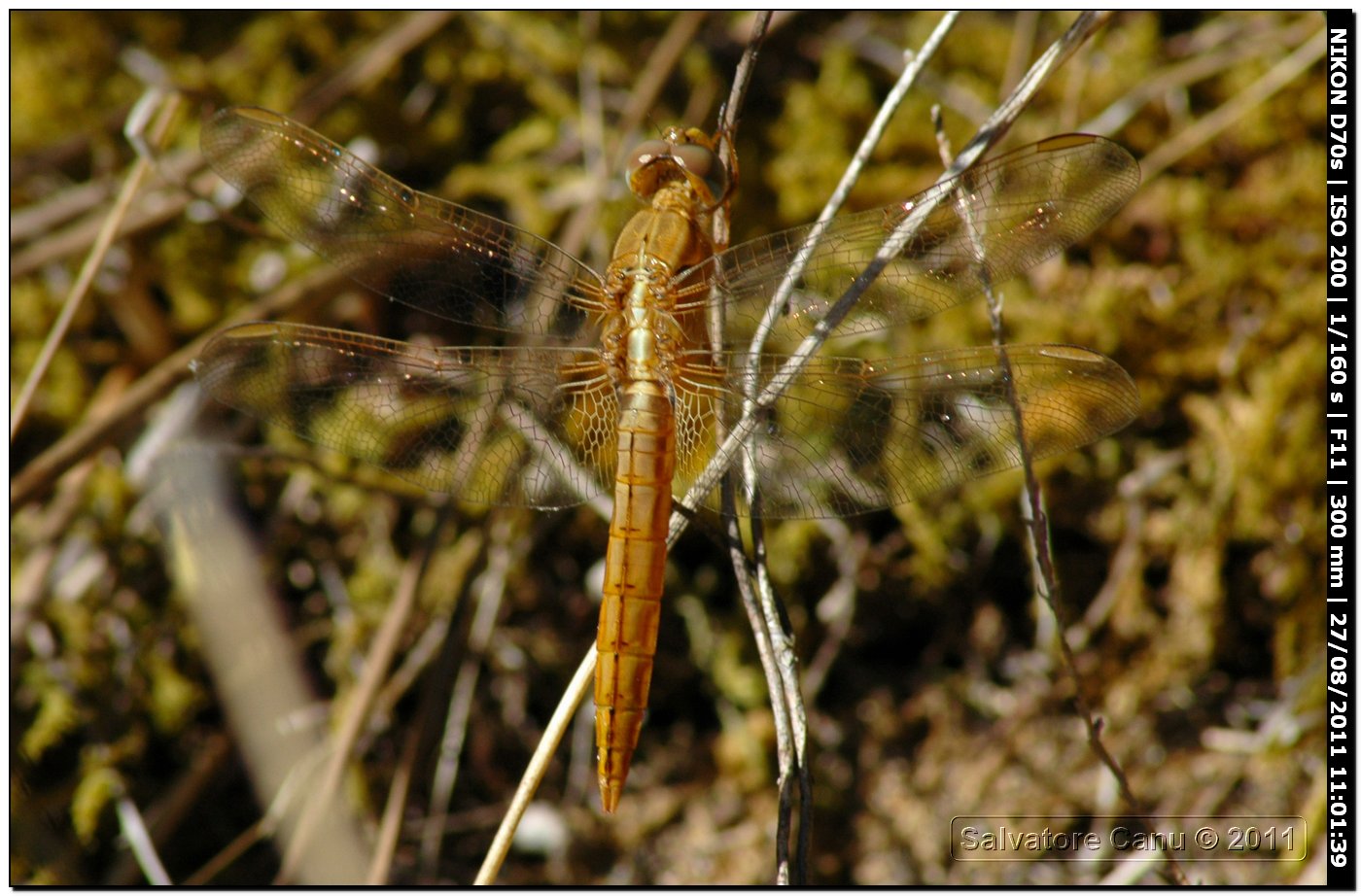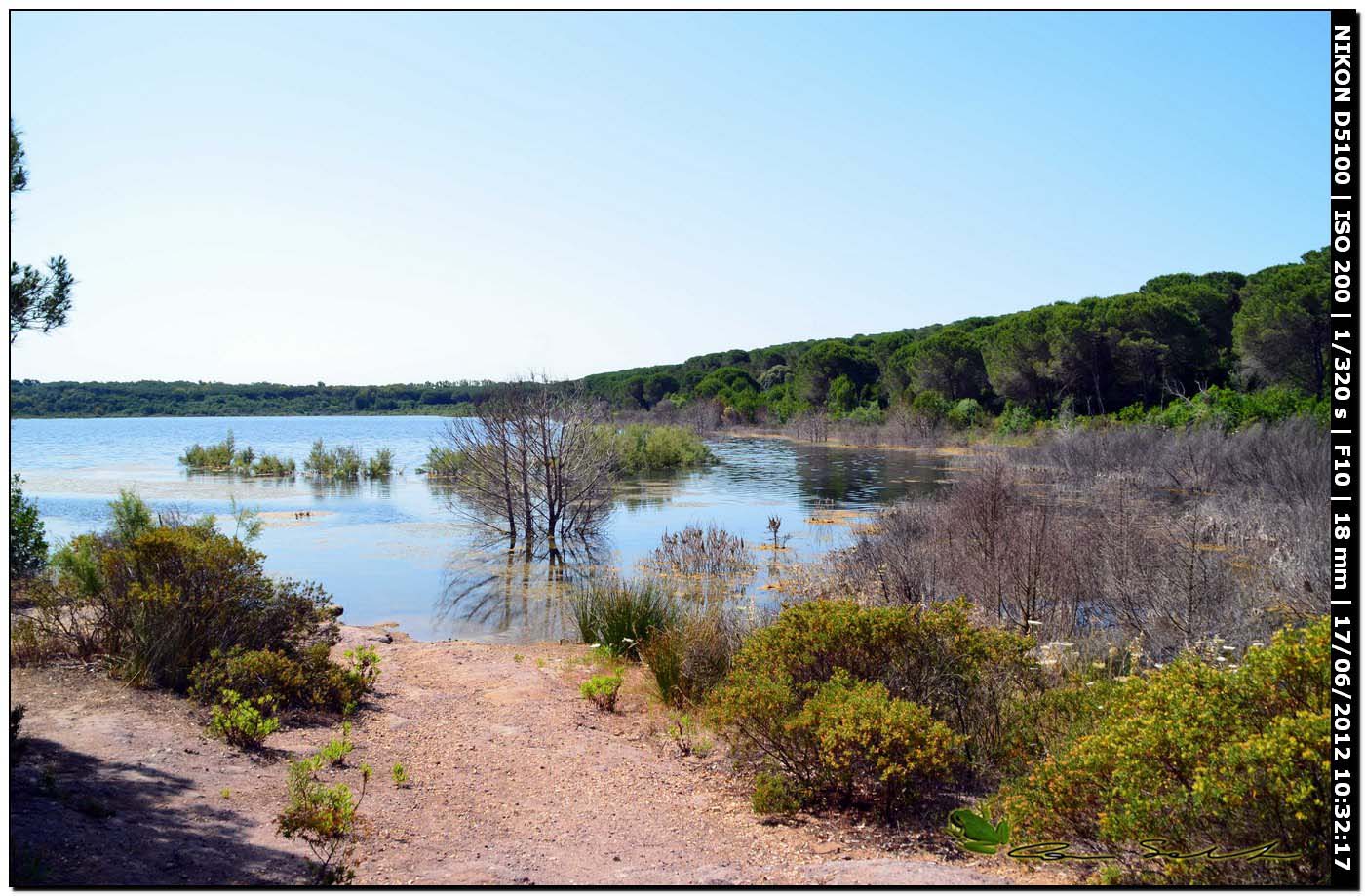Feuerlibelle
© Gianpiero Secco, Salvatore Canu, Luigi Lenzini (Fotos) & Clemens M. Brandstetter (Gestaltung)
 (from Boudot & al. 2009:171): it is a widespread and common Afrotropical species, which has expanded its European range strongly to the north in the last decades. Some populations from the countries bordering the Persian Gulf have been ascribed to a distinct ssp, C. e. chaldaeorum Morton 1920, which is poorly known and whose taxonomic status is unclear.
(from Boudot & al. 2009:171): it is a widespread and common Afrotropical species, which has expanded its European range strongly to the north in the last decades. Some populations from the countries bordering the Persian Gulf have been ascribed to a distinct ssp, C. e. chaldaeorum Morton 1920, which is poorly known and whose taxonomic status is unclear.
 La scheda della specie potete consultarla nel Forum Natura Mediterraneo.
La scheda della specie potete consultarla nel Forum Natura Mediterraneo.
 Società italiana per lo studio e la conservazione delle libellule.
Società italiana per lo studio e la conservazione delle libellule.
Die Feuerlibelle, Crocothemis erythraea (Brullé 1832), war ursprünglich nordafrikanisch und mediterran verbreitet – vergl. Corso & al. (2012). Seit den 1990er Jahren wandert sie kontinuierlich ein und wurde nunmehr bis Schleswig-Holstein bodenständig – zum Thema siehe Ott (2008). Sie lebt an stehenden Gewässern mit reichlich Bewuchs mit Wasserpflanzen. Der Körper und die Beine des Männchens sind feuerrot; an der Basis der Hinterflügel befindet sich bei beiden Geschlechtern ein orangeroter Fleck. Die Weibchen sind ockerfarben bis hellbraun. Im Süden kommt die Art in zwei Generationen vor, man findet sie daher über einen langen Zeitraum von Mai bis Oktober. Die Paarung erfolgt rasch innerhalb weniger Sekunden, die Eiablage erfolgt unmittelbar danach. Feulner & al. (2007) beobachten die Feuerlibelle an Wasserstellen mit Randvegetation in Arabien. Schröter (2010) meldet die Art für Kirgisistan und schreibt: "According to the diagnostic traits (especially the transversal carina of S4 of females) given in Schneider (1985) all hitherto known Kyrgyz populations of Crocothemis erythraea do certainly not pertain to the taxon chaldaeorum Morton, 1920."

Das Männchen der Feuerlibelle (Ceva, Lago della Contessa, Prov. Cuneo, ca. 400m, Juli 2013).

Das Weibchen der Feuerlibelle (Sardinien, Prov. Sassari, Lago di Baratz).
Dokumentation der Paarung (Sardinien, Santa Teresa Gallura, Prov. Olbia-Tempio).
Larve der Feuerlibelle – Malta, Fiddien – Foto: © Charles Gauci

Lago di Baratz, Prov. Sassari, Sardinien.
Literatur:
Boudot J.-P., V. J. Kalkman, M. Amorín, T. Bogdanović, A. Rivera,G. Degabriele, J.L. Dommanget, S. Ferreira, B. Garrigós, M. Jović, M. Kotarac, W. Lopau, M. Marinov, N. Mihoković, E. Riservato, B. Samraoui & W. Schneider 2009: Atlas of the Odonata of the Mediterranean and North Africa. – Libellula Supplement 9:1-256.
Brullé G. A. 1832: Arachnides. Myriapodes. Insectes and Annelides. In: Expediton scientifique de Moree. Section des sciences physiques (sous la direction de M. Bory de Saint-Vincent). – Volume 1, Section 2. Des Animaux Articulés. Paris. Levrault l(2):64-400, pi 22 (4to).
Corso, A., Janni, O., Pavesi, M., Sammut, M., Sciberras, A. & Vigano, M. 2012: Annotated checklist of the dragonflies (Insecta Odonata) of the islands of the Sicilian Channel, including the first records of Sympetrum sinaiticum Dumont, 1977 and Pantala flavescens (Fabricius, 1798) for Italy. – Biodiversity Journal, 2012, 3 (4): 459-478.
Feulner G.R., Reimer R.W. & Hornby R.J. 2007: An Updated illustrated Checklist of the Damselflies & Dragonflies of the UAE. Tribulus, Volume 17: 37 – 62.
Ott J. 2008: Libellen als Indikatoren der Klimaänderung – Ergebnisse aus Deutschland und Konsequenzen für den Naturschutz. – Insecta 11: 75-89.
Schneider W. 1985: The types of Orthetrum anceps (Schneider 1845) and the taxonomic status of Orthetrum ramburii (Selys 1848). – Senckenbergiana Biologica 66: 97-104.
Schröter A. 2010: The Odonata of Kyrgyzstan, part I – Critical national checklist, annotated list of records and collected data of the summer half-years 2008 and 2009. – International Dragonfly Fund – Report 28 (2010): 1-72.
